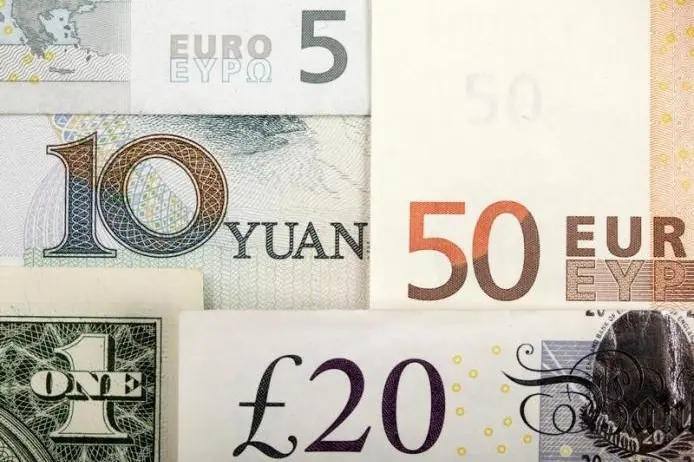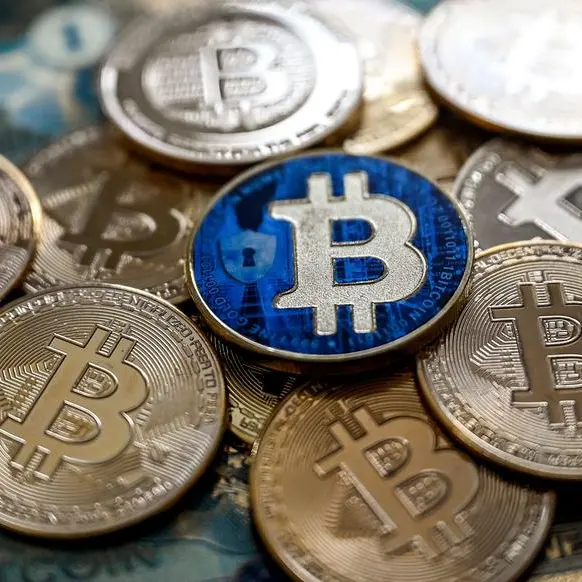PHOTO
Arrangement of various world currencies including Chinese Yuan, US Dollar, Euro, British Pound, in this picture illustration taken January 25, 2011. Kacper Pempel, Reuters Image for illustrative purpose.
TOKYO: Major currencies were steady on Monday with the dollar consolidating against peers, as market participants awaited U.S. inflation data to assess the prospects of interest rate cuts this year.
After a softer-than-expected U.S. payrolls report for April and a Federal Reserve policy announcement, expectations have increased for rate reductions this year.
Markets have priced in a 61.2% chance of some degree of rate reductions to begin at the Fed's September meeting, with about 50 basis points of cuts in total expected, CME's FedWatch Tool showed.
But comments by Fed officials last week were varied as speakers debated whether interest rates were high enough. A jump in consumers' inflation expectations, revealed in a survey on Friday, could further complicate the conversation.
"The rise in inflation expectations likely reflects stalling disinflation progress and will do little to help cool price pressures," wrote Westpac economists in a client note.
With recent data indicating the economy is slowing, investors are looking to confirm how sticky inflation is.
The market will have a chance this week, with inflation readings in the form of the producer price index (PPI) on Tuesday followed by the consumer price index (CPI) on Wednesday.
Fed Chair Jerome Powell will also make an appearance on Tuesday at a meeting of the Foreign Bankers' Association in Amsterdam.
"For the wheels to truly fall off of the U.S. dollar, incoming data needs to point to disinflation, not just pockets of weakness here and there," said Matt Simpson, senior market analyst at City Index.
"If inflation data ticks higher again this month it will surely undo the work of softer growth and slightly weaker employment figures."
The dollar index, which measures the greenback against a basket of currencies, was mostly flat at 105.34, following its first weekly gain last week after two successive weeks of decline.
The euro was unchanged at $1.0769 as the euro zone prepares for an inflation reading of its own on Friday.
Sterling was firm at $1.2517, down 0.03% on the day. Data on Friday showed Britain's economy grew in the first quarter by the most in nearly three years, ending the shallow recession it entered in the second half of last year.
The yen weakened 0.11% to 155.91. The dollar has marched up after a 3% decline at the start of the month, its steepest weekly percentage drop since early December 2022, after two suspected interventions by Japanese authorities.
While the market continues to be bearish on the Japanese currency, yen futures data from CFTC showed non-commercial short positions have fallen from 179,919 contracts on April 23, which was the most since June 2007.
As the yen creeps lower, markets will be cautious of further intervention.
China's offshore yuan held steady around its lowest in a week at 7.2352.
Data released over the weekend showed Chinese consumer prices rose in April while producer prices extended declines, signalling improvement in domestic demand as the government navigates challenges to shore up a shaky economy.
The central bank also pledged to support economic recovery.
In cryptocurrencies, bitcoin last rose 1.99% to $61,682.00.
(Reporting by Brigid Riley; Editing by Christopher Cushing)























